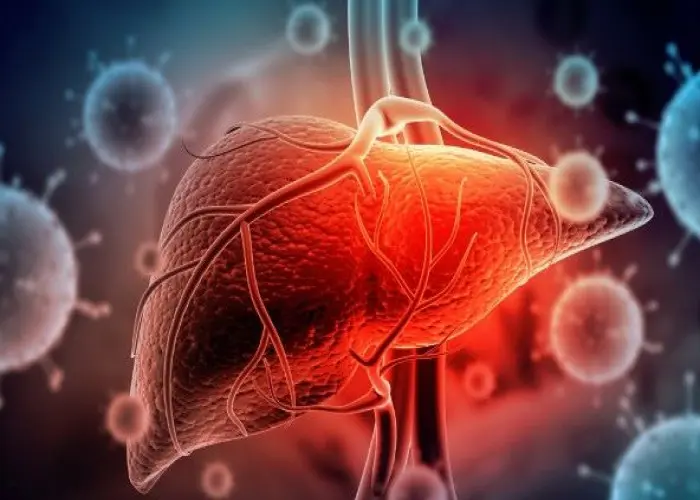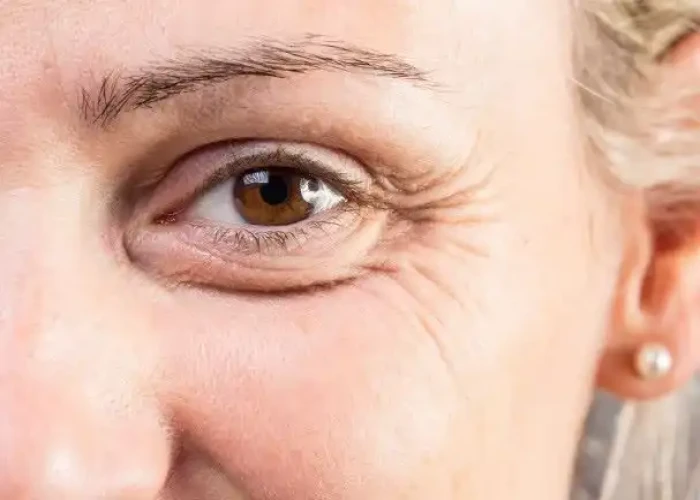 Welcome
Welcome
“May all be happy, may all be healed, may all be at peace and may no one ever suffer."
Sickle cell anemia

Sickle cell anemia is a genetic disorder that affects the red blood cells. People with sickle cell anemia have abnormal hemoglobin, which causes the red blood cells to become rigid and form a crescent or sickle shape. These abnormal cells can get stuck in small blood vessels, leading to blockages that can cause pain, damage to organs, and other complications.
The symptoms of sickle cell anemia can vary widely and may include:
- Pain, especially in the joints, abdomen, and chest
- Fatigue and weakness
- Shortness of breath
- Jaundice (yellowing of the skin and eyes)
- Swelling in the hands and feet
- Delayed growth and development in children
- Increased risk of infections
Sickle cell anemia is an inherited condition that is caused by mutations in the HBB gene. It primarily affects people of African descent, but it can also occur in people of other ethnicities. Treatment for sickle cell anemia may include medications to manage pain and prevent complications, blood transfusions, and bone marrow transplants in severe cases.
There is no cure for sickle cell anemia, but with appropriate treatment and management, people with this condition can live relatively normal lives. It is important for people with sickle cell anemia to receive regular medical care and to take steps to prevent complications such as infections and stroke.
Research Papers
Disease Signs and Symptoms
- Low red blood cells (Anemia)
- Tiny blood vessels that supply eyes can become plugged with sickle cells.
- A shortage of healthy red blood cells can slow growth in infants and children and delay puberty in teenagers.
- Red blood cells provide your body with the oxygen and nutrients needed for growth.
- Sickle cells can damage the spleen, leaving more vulnerable to infections.
- The swelling is caused by sickle-shaped red blood cells blocking blood flow to the hands and feet.
- Pain can also occur in bones.
- Without enough red blood cells, the body can't get enough oxygen, causing fatigue.
- Sickle cells usually die in 10 to 20 days, leaving a shortage of red blood cells (anemia).
- Headaches
- Blurred vision of eye
- Joint pain
- Abdomen pain
- Chest pain
- This can damage the retina the portion of the eye that processes visual images and lead to vision problems.
Disease Causes
Sickle cell anemia
Sickle cell anemia is caused by a change in the gene that tells the body to make the iron-rich compound in red blood cells called hemoglobin. Hemoglobin enables red blood cells to carry oxygen from the lungs throughout the body. The hemoglobin associated with sickle cell anemia causes red blood cells to become rigid, sticky and misshapen.
For a child to be affected, both mother and father must carry one copy of the sickle cell gene — also known as sickle cell trait — and pass both copies of the altered form to the child.
If only one parent passes the sickle cell gene to the child, that child will have the sickle cell trait. With one typical hemoglobin gene and one altered form of the gene, people with the sickle cell trait make both typical hemoglobin and sickle cell hemoglobin.
Their blood might contain some sickle cells, but they generally don't have symptoms. They're carriers of the disease, however, which means they can pass the gene to their children.
Disease Prevents
Sickle cell anemia
If you carry the sickle cell trait, seeing a genetic counselor before trying to conceive can help you understand your risk of having a child with sickle cell anemia. A genetic counselor can also explain possible treatments, preventive measures and reproductive options.
Disease Treatments
Management of sickle cell anemia is usually aimed at avoiding pain episodes, relieving symptoms and preventing complications. Treatments might include medications and blood transfusions. For some children and teenagers, a stem cell transplant might cure the disease.
Medications
- Hydroxyurea (Droxia, Hydrea, Siklos). Daily hydroxyurea reduces the frequency of painful crises and might reduce the need for blood transfusions and hospitalizations. But it can increase the risk of infections. Don't take the drug if you're pregnant.
- L-glutamine oral powder (Endari). The FDA recently approved this drug for treatment of sickle cell anemia. It helps in reducing the frequency of pain crises.
- Crizanlizumab (Adakveo). This drug, given by injection, can help reduce the frequency of pain crises in adults and children older than 16. Side effects can include nausea, joint pain, back pain and fever.
- Voxelotor (Oxbryta). This drug is used to treat sickle cell disease in adults and children older than 12. Taken orally, this drug can lower the risk of anemia and improve blood flow throughout the body. Side effects can include headache, nausea, diarrhea, fatigue, rash and fever.
- Pain-relieving medications. Your doctor might prescribe narcotics to help relieve pain during sickle cell pain crises.
Preventing infections
Children with sickle cell anemia might receive penicillin between the ages of about 2 months old until at least age 5 years. Doing so helps prevent infections, such as pneumonia, which can be life-threatening to children with sickle cell anemia.
Adults who have sickle cell anemia might need to take penicillin throughout their lives if they've had pneumonia or surgery to remove the spleen.
Childhood vaccinations are important for preventing disease in all children. They're even more important for children with sickle cell anemia because their infections can be severe.
Your child's doctor should ensure that your child receives all the recommended childhood vaccinations, as well as vaccines against pneumonia, meningitis, hepatitis B and an annual flu shot. Vaccines are also important for adults with sickle cell anemia.
During the COVID 19 pandemic, people with sickle cell anemia should take extra precautions, such as staying isolated at home as much as possible and for those who are eligible, getting vaccinated.
Surgical and other procedures
- Blood transfusions. These are used to treat and prevent complications, such as stroke, in people with sickle cell disease.
- In a red blood cell transfusion, red blood cells are removed from a supply of donated blood, then given through a vein to a person with sickle cell anemia. This increases the number of normal red blood cells, which helps reduce symptoms and complications.
- Risks include an immune response to the donor blood, which can make it hard to find future donors; infection; and excess iron buildup in your body. Because excess iron can damage your heart, liver and other organs, you might need treatment to reduce iron levels if you undergo regular transfusions.
- Stem cell transplant. Also known as bone marrow transplant, this procedure involves replacing bone marrow affected by sickle cell anemia with healthy bone marrow from a donor. The procedure usually uses a matched donor, such as a sibling, who doesn't have sickle cell anemia.
- Because of the risks associated with a bone marrow transplant, including death, the procedure is recommended only for people, usually children, who have significant symptoms and complications of sickle cell anemia. A stem cell transplant is the only known cure for sickle cell anemia.
- Clinical trials are ongoing to address stem cell transplantation in adults and gene therapies.
Disease Diagnoses
Disease Allopathic Generics
Disease Ayurvedic Generics
Disease Homeopathic Generics
Disease yoga
Sickle cell anemia and Learn More about Diseases

Allergies

Sacroiliitis

Childhood schizophrenia

Hepatitis A

Ruptured spleen

Melanoma

Wrinkles

Broken wrist
sickle cell anemia, সিকেল সেল অ্যানিমিয়া
To be happy, beautiful, healthy, wealthy, hale and long-lived stay with DM3S.
